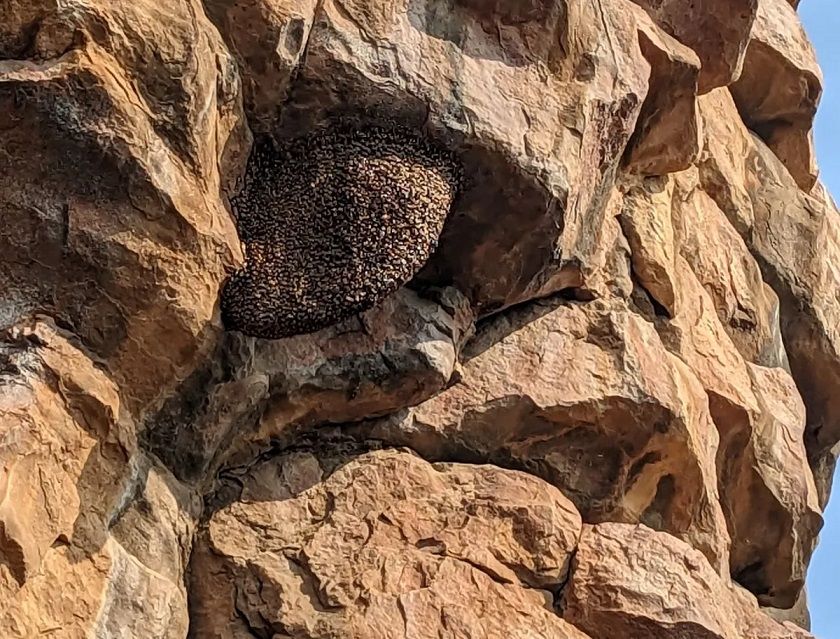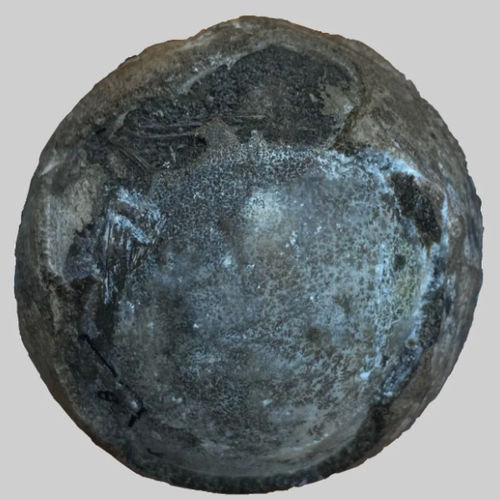
| Added | Fri, 03/02/2023 |
| Источники | |
| Дата публикации | Fri, 03/02/2023
|
| Версии |
This story began in 2020, when a team of geologists visited India to participate in a conference. Like so much else that year, the event was canceled, so the team decided to spend time on (relatively) outdoors, looking at the stones.
The stones they studied were in the rock shelters of Bhimbetka, a place near Bhopal known for its sandstone cave paintings, but whose geological age is unknown. There, the authors reported on the fossil dickinsonia, a primitive animal that had never been found in India before.
Dickinsonia are considered to be the first animals that were soon supplanted by more advanced organisms. Thus, its presence indicates that the shelters were laid about 550 million years ago, which has important implications for the age of India as a whole. The announcement attracted attention both in scientific circles and in the media.
Unfortunately, when Professor Joseph Mirth from the University of Florida and his colleagues visited the same place in December 2022, they noticed that this important sample had degraded. Of course, it hadn't been exposed to air for half a billion years since Dickinsonia flourished, but it still seemed strange that a fossil could exist for so long, only to decay so quickly.
"As soon as I looked at it, I thought there was something wrong here," Mirt said. "The fossil was chipping away from the rock."
Upon further investigation, Myrt realized that the specimen was not a dickinsonia, but a hive for giant bees, like many others in the area. Instead of being buried deep in the rock, the hive was attached to the surface and only recently eroded.
The article that Mirt and co-authors published pointing out this is called "Unpleasant News: "Dickinsonia" discovered in the Upper Vindhyan of India is not worth the fuss." A new article in the same journal showed that the statement was erroneous, which, in fact, was recognized by the authors of the article.
Новости со схожими версиями
Log in or register to post comments









